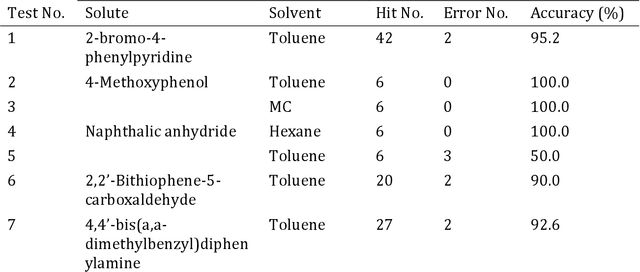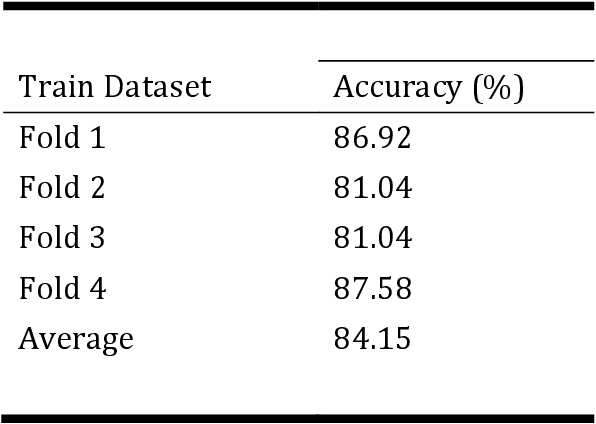Automated Solubility Analysis System and Method Using Computer Vision and Machine Learning
Paper and Code
Apr 07, 2023


In this study, a novel active solubility sensing device using computer vision is proposed to improve separation purification performance and prevent malfunctions of separation equipment such as preparative liquid chromatographers and evaporators. The proposed device actively measures the solubility by transmitting a solution using a background image. The proposed system is a combination of a device that uses a background image and a method for estimating the dissolution and particle presence by changing the background image. The proposed device consists of four parts: camera, display, adjustment, and server units. The camera unit is made up of a rear image sensor on a mobile phone. The display unit is comprised of a tablet screen. The adjustment unit is composed of rotating and height-adjustment jigs. Finally, the server unit consists of a socket server for communication between the units and a PC, including an automated solubility analysis system implemented in Python. The dissolution status of the solution was divided into four categories and a case study was conducted. The algorithms were trained based on these results. Six organic materials and four organic solvents were combined with 202 tests to train the developed algorithm. As a result, the evaluation rate for the dissolution state exhibited an accuracy of 95 %. In addition, the device and method must develop a feedback function that can add a solvent or solute after dissolution detection using solubility results for use in autonomous systems, such as a synthetic automation system. Finally, the diversification of the sensing method is expected to extend not only to the solution but also to the solubility and homogeneity analysis of the film.
 Add to Chrome
Add to Chrome Add to Firefox
Add to Firefox Add to Edge
Add to Edge